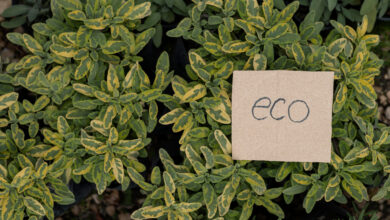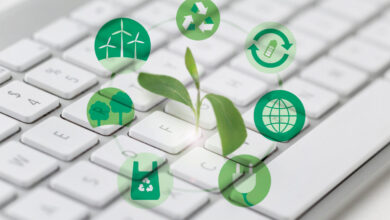6 Easy DIY Eco-Friendly Products at Home

The benefits of DIY sustainability, and some popular products you can build for your home to make a positive impact on the planet.
In a world increasingly aware of the environmental challenges we face, the DIY sustainability movement has gained momentum. Many individuals are taking matters into their own hands by crafting eco-friendly products at home. This trend not only helps reduce the carbon footprint but also fosters a deeper connection to the environment and a sense of empowerment.
Benefits of DIY Sustainability
Reduced Environmental Footprint
One of the primary benefits of DIY sustainability is a reduced environmental footprint. Many commercial products involve extensive manufacturing processes, transportation, and packaging, all of which contribute to greenhouse gas emissions. By making products at home, you can significantly reduce these emissions.
Cost Savings
Making eco-friendly products at home can save money in the long run. While some sustainable ingredients and materials may seem expensive initially, they often last longer and require less frequent replacement than their conventional counterparts.
Skill Development
Engaging in DIY sustainability can be a valuable learning experience. You acquire new skills, from crafting to upcycling, which not only benefit the environment but also enrich your life.
Reduced Packaging Waste
Packaging is a significant contributor to environmental pollution. DIY sustainability reduces the need for excessive packaging, as you can often buy ingredients in bulk or reusable containers. Additionally, by crafting your products, you can eliminate single-use items.
Here are some popular DIY eco-friendly products for your home
Repurposed T-Shirt Tote Bags
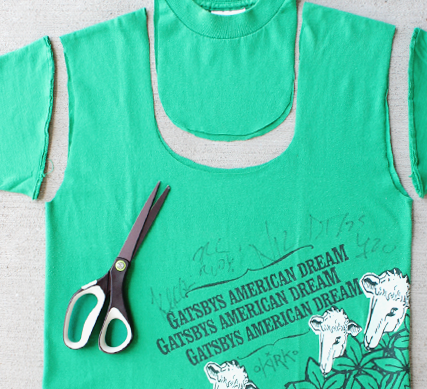
We all possess those beloved old garments that remain untouched in our closets, too sentimental to discard but seldom worn. Breathe new life into those cherished t-shirts and sentimental hoodies with one of the most practical eco-friendly recycling crafts.
You will need:
• A couple of old T-shirts
• Sharp scissors
• A ruler or measuring tape
• A marker for delineating cut lines
To craft repurposed t-shirt tote bags, start by removing the sleeves and neckline from your old T-shirt to create handles. Next, turn the shirt inside out, cut the bottom into approximately 2-inch fringe strips, and secure them together with knots.
If you appreciate the fringe aesthetics, there’s no need to invert the shirt; simply showcase your fringe on the outside.
Bottle Cap Magnets
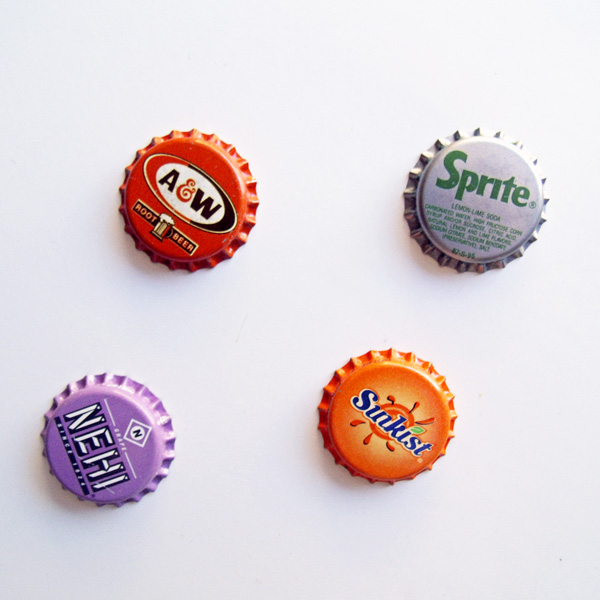
Transform ordinary bottle caps into eye-catching refrigerator decorations using the following materials:
• An assortment of bottle caps
• Small magnets
• Robust adhesive (for a secure bond)
• Images or miniature ornaments sized to fit within the caps
• Environmentally friendly paint for the interior of the caps
Begin by applying an eco-friendly paint coat to the inside of each cap or adhering cut-out pictures or decorative paper on top, firmly affixed with adhesive. Then, carefully fill each cap with clear-casting resin to encapsulate your chosen design. Finally, attach a magnet to the backside of the cap using a sturdy adhesive to complete your unique refrigerator accessories.
Beeswax Fabric food wraps
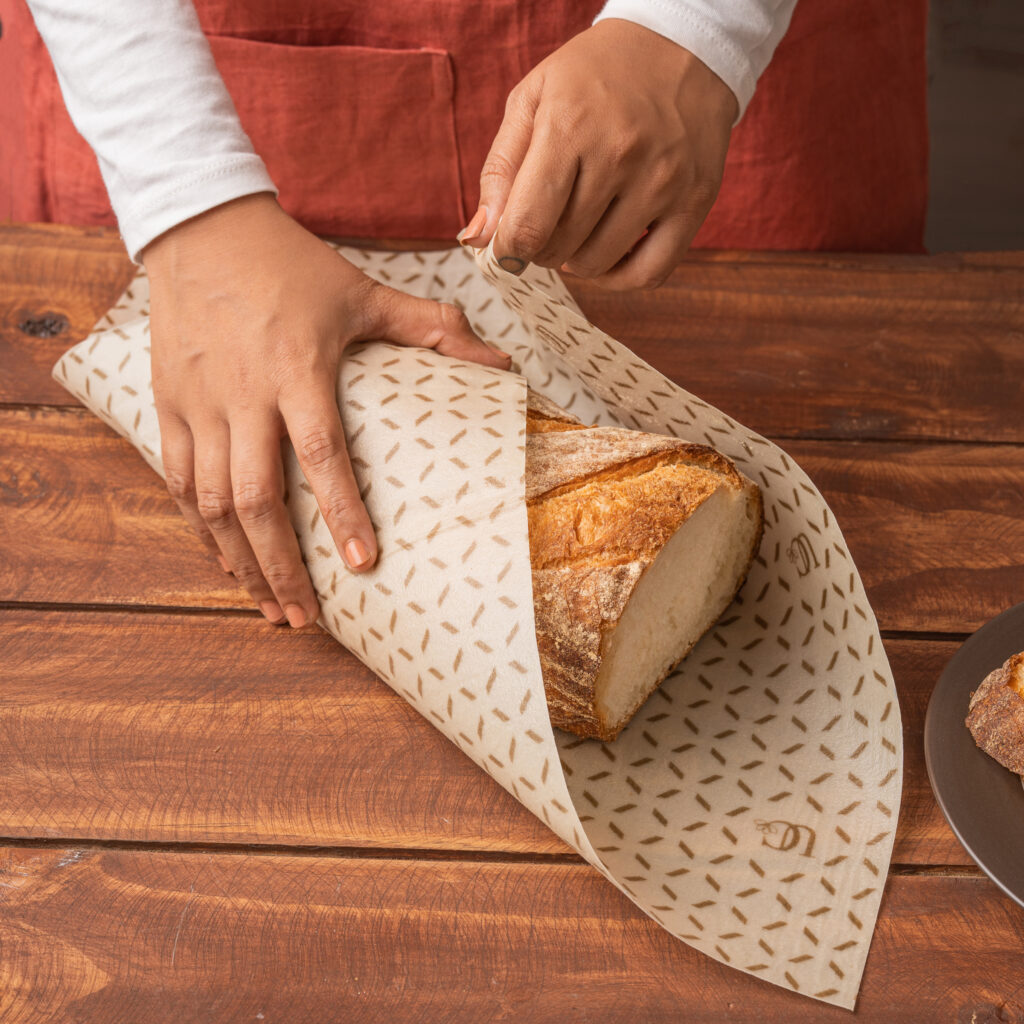
Beeswax wraps have gained popularity as an eco-friendly alternative to plastic bags and aluminum foil for food storage. To craft these sustainable wraps, you will need the following items:
• A substantial stack of cotton fabric (opt for organic or recycled for added sustainability)
• Beeswax pellets (or soy wax as a vegan alternative)
• A paintbrush
• Either an oven or a clothes iron
To create your own beeswax wraps, begin by cutting the cotton fabric into your preferred sizes. Next, generously sprinkle one side of the fabric pieces with beeswax pellets and carefully melt them in the oven, taking care not to overheat. Alternatively, you can opt for using a clothes iron, placing a sheet of parchment paper between the iron and the fabric. After melting the wax, ensure it is spread evenly across the fabric using a paintbrush. Finally, allow the wraps to cool and solidify on a flat surface.
Sweater pillows
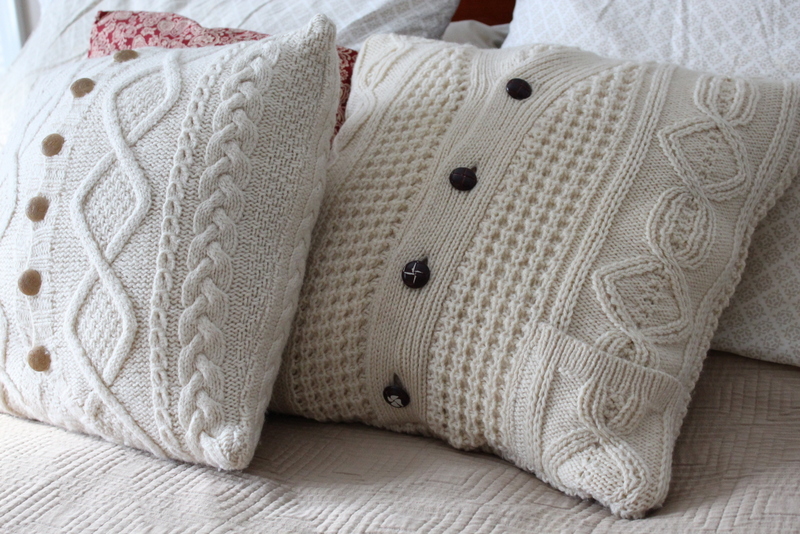
Avoiding the disposal of old clothing can be a step towards adopting more sustainable habits. Instead of discarding that old sweater with a tear in the armpit, consider repurposing it into a cozy throw pillow. This endeavor not only reduces the amount of clothing ending up in landfills but also saves you money.
Glass jar for storage

Many of us purchase jams, pickles, and various food items packaged in attractive containers. Rather than acquiring new containers, a sustainable choice is to clean and repurpose these existing ones for other purposes.
For containers that have greasy contents, a thorough cleaning can be achieved using soap and warm water. Stubborn adhesive labels can be removed by soaking the container in warm water. For labels that persist, a practical tip is to apply peanut butter and gently rub them away.
Tin Can Lanterns

Craft these charming luminaries using recycled tin cans with just a few simple tools:
• Hammer
• Screw or sharp nail
• Tin can
• Water
Begin by removing all labels and adhesive residue from the tin can, ensuring it’s cleaned thoroughly. Fill the can with water and freeze it overnight. Once frozen, carefully take it out and, with the help of a hammer and screw or nail, create the desired pattern of holes in your lantern. The ice within the can will prevent it from deforming as you craft your design.
Upon completing your design, place the tin can in warm water to allow the ice to melt. Afterward, dry the can and insert a tea light to illuminate your luminary.
Sustainability Consultant, Arushi Sana discussed making eco-friendly products at home from waste materials during a live podcast organized by The Disposal Company.
Conclusion
By crafting eco-friendly products at home, you can contribute to the fight against climate change, reduce waste, and lead a more sustainable lifestyle. Additionally, the sense of accomplishment and connection to the environment that DIY sustainability fosters can be immensely rewarding.
Harness the power of sustainability with The Disposal Company’s groundbreaking climate action platform, which empowers brands in India to achieve plastic neutrality and carbon neutrality, and create a better world for all. Click here to learn more.
Related Post: #IGLive: Unlocking the Power of Upcycling with Arushi Sana



